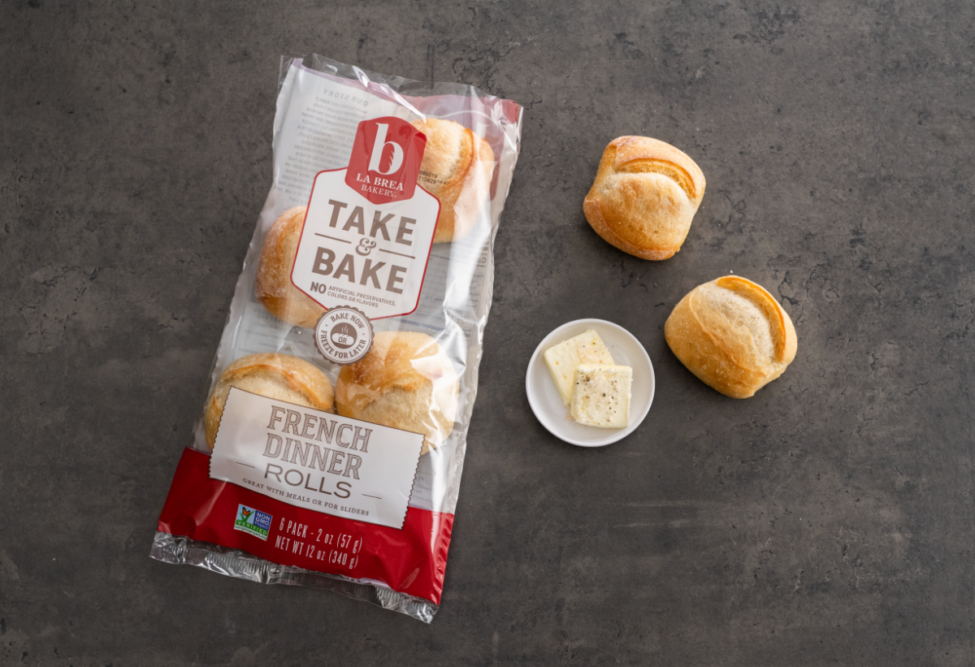As important considerations in product development, Brie Buenning, director of marketing for Los-Angeles-based Aspire Bakery’s La Brea Bakery brand, said consumers are increasingly interested in how their food connects with their wellbeing, and they are looking for transparency when it comes to what is in their food.
She said consumer desire to see brands focused on sustainability is leading them to examine the lifecycle of their products, from how ingredients are grown to the manufacturing processes and the impact of packaging.
While considering all these trends, brands and retailers need to be cognizant of costs.
“We love to introduce new flavors and formats, but we also need to be aware of the costs associated with new ingredients and formats,” Buenning said. “We work to overcome this by being judicious and strategic when we introduce new concepts. We don’t want to create something that is so drastically different that people are hesitant to try it. We try to formulate our new products so they feel familiar to consumers but also offer new flavors that are different and make consumers want to taste test it for themselves.”
In the future, Buenning said La Brea hopes to introduce more products with whole grain nutrition as well as different styles of artisan breads in both unique and familiar formats. Specifically, she said La Brea plans to launch new take-and-bake bread varieties as well as more thaw-and-sell items to help with accommodate for labor constraints and consumer demand for sealed packaging due to safety and hygiene concerns.
Paul Baker, founder of Manchester, UK-based St Pierre Bakery, said St Pierre’s focus this year has been on delivering products in the most relevant formats and pack sizes for retailers.
“Spotting where growth is coming from and then understanding if you can create a product that meets consumer need in a way that does it better than anyone else - taking that approach has delivered successful new product launches, the most recent examples being the seeded brioche burger bun and our brioche bagel, which was the first product of its type to market last year,” Baker said.
Baker said St Pierre has also added a six-count chocolate and hazelnut crepe to their breakfast offerings. Additionally, he said the company started this year with a $10 million investment to ensure that the 98% fill rate they achieved in 2021 continues through 2022, especially during the peak grilling season.
Skinner said his company is looking to introduce new products that combine chocolate and indulgence, and they also desire to experiment with more innovative inclusions, designs and flavors.
“Defining the consumer you are targeting and trying to develop a product that truly meets their needs can be the most difficult part (of developing new products),” Skinner said. “One would think that having access to seemingly endless amounts consumer research would be beneficial, but mining and interpreting that data to apply in a real word scenario is a difficult task. In addition, innovation drives foot traffic to the in-store bakery, and while it can be risky for manufacturers, that risk needs to be taken in order to grow in different consumers segments.”
With both space and labor at a premium for instore bakeries, expanding what products are made in-house can be challenging. In this environment, branded products present opportunities for grocery store bakeries to offer a wider range of products that meet consumer trends and increase traffic to the bakery.

